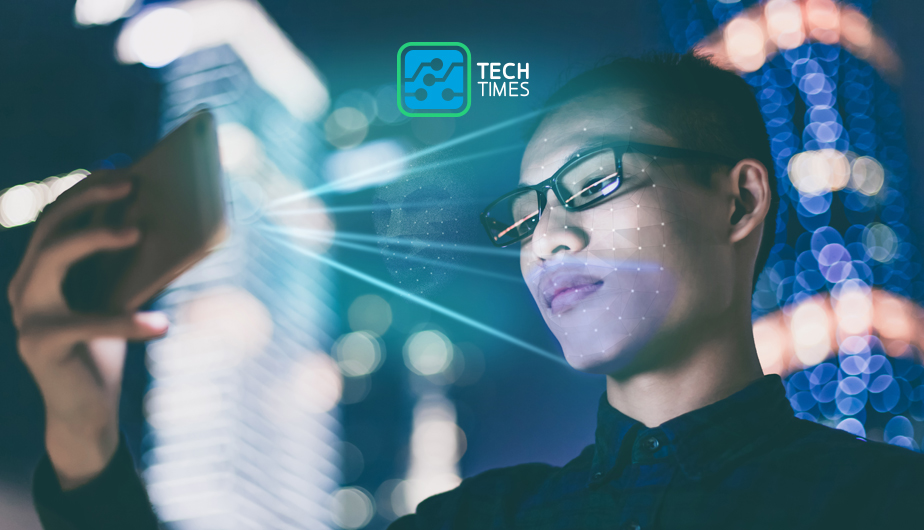
By now you’ve probably at the very least heard of the term “facial recognition” particularly since it’s a heavily touted (and somewhat controversial) feature of Apple’s new iPhone X. But what exactly is this technology, who is already using it and how and, most importantly, how might it impact the lives of everyday people? Let’s take a closer look.
How does facial recognition work?
Facial recognition is a technology that is capable of scanning a face, either live or via a photographic image, and measuring distinguishing features such as eye position, nostril angle and eyebrow shape. The scan produces a digital “face print” which is distinctive and similar to a fingerprint. The system using facial recognition runs the scan through a database to check for a match.
Who’s using facial recognition now?
Law enforcement has been leveraging facial recognition technology for decades now, maintaining an extensive database that can be scanned to return a person’s name, age, address and criminal history. With advances in technology that have made it more affordable, however, facial recognition is making its way into more and more commercial functions. Facebook’s automatic “tagging” of people in photos is a great example. And, as mentioned, Apple has integrated facial recognition to allow users to unlock their phones by simply looking at them.
In other areas of the world, facial recognition is already being used in much more common and arguably somewhat pervasive ways. For instance, people in China can use facial scans to do everything from paying for their takeout to visiting attractions to withdrawing money from an ATM. In some European nations, facial recognition cameras are being used at retailers and hotels to recognize celebrities and other VIPs as they enter.
What does the future hold?
From a commercial standpoint, the capabilities of facial recognition have only just begun to be realized. In the US, some airlines are considering using face scanners to replace boarding passes while forward-thinking retailers may soon begin using the technology to measure customer reaction and engagement with certain products. From a public health standpoint, medical professionals are already using facial recognition to assist in the diagnosis of certain rare, genetic diseases, but eventually, the technology will likely be used to diagnose more common conditions.
Brick and mortar retailers of tomorrow may turn to facial scans as a tool for creating more personalized customer experiences. By identifying customers as soon as they enter the store, clerks can tailor their service to that individual’s unique needs and preferences. Government and law enforcement agencies are also expected to ramp up their facial recognition utilization to improve their security measures.
Of course, as with any highly invasive and deeply personal technology, facial recognition is something many people feel uneasy about. There are plenty who feel that it crosses the lines of privacy rights and could potentially be misused. For the time being, however, it appears that those utilizing facial scanning seem unconcerned and, as such, are slowly introducing the technology into our day to day lives whether we like it or not.
What do you think? Is facial recognition really cool or really creepy? Share your thoughts in the comments section below and let’s discuss!